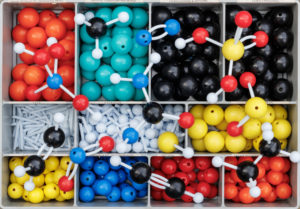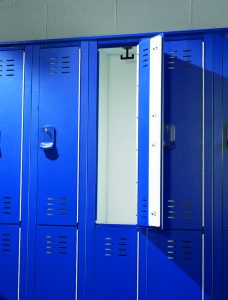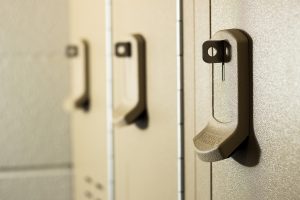When it comes to managing your facility—whether it’s a school, an office building, or even a store—you’re probably trying to find ways to cut costs and save money. One of the costliest endeavors that all facility managers face is maintenance. The time and money that goes into constant maintenance can certainly add up, but there has to be an easier way that can lower your costs and save you money on your facility.
One of the best ways to combat costly maintenance is by utilizing the best materials around that will last for years, stand up to the elements, and result in very low maintenance. One such material is HDPE plastic, which can be used as toilet partitions in your facility’s restrooms.
Here are a few ways that these HDPE partitions can save you money with your facility and maintenance costs.
HDPE: The Superior Partition
 You may not really take the time to consider the variety of materials that can be used as toilet partitions. However, reviewing all of your options can allow you to make the best choice for your facility. Most toilet partitions are made from plastic with an inner core made from kraft paper or cardboard. Materials like Phenolic, Baked Enamel, and Plastic Laminate may look nice in your restroom, but they may be left vulnerable to the moisture and humidity in your restroom. The inner core will absorb the moisture, and over time, it’ll sprout mold, leading to a pungent odor and a substantial problem to solve.
You may not really take the time to consider the variety of materials that can be used as toilet partitions. However, reviewing all of your options can allow you to make the best choice for your facility. Most toilet partitions are made from plastic with an inner core made from kraft paper or cardboard. Materials like Phenolic, Baked Enamel, and Plastic Laminate may look nice in your restroom, but they may be left vulnerable to the moisture and humidity in your restroom. The inner core will absorb the moisture, and over time, it’ll sprout mold, leading to a pungent odor and a substantial problem to solve.
The smell of mold is never a welcoming sign when entering a commercial restroom. However, utilizing HDPE can actually combat this problem because it’s a solid plastic. There’s no inner core made of paper or cardboard. Moisture and humidity will not seep into the inside of your HDPE partition, so you can rest easy knowing that you’re using the best material possible for your toilet partitions.
Cutting Costs on Maintenance & Partition Replacement
When mold has made its way into the inner core of a toilet partition, there’s no going back. The partition is ruined, and it needs to be replaced. However, due to the constant presence of moisture, you’ll end up replacing partitions frequently. HDPE is a quick and easy fix that will outlast other materials.
Other factors, like aesthetic damage, can lead to substantial maintenance. Whether the partition is cracked, dented, or even written on in permanent marker, there’s a lot of maintenance that’s costly and time-consuming. HDPE, on the other hand, is a more durable option. It won’t show surface damage through scratches or dents. It won’t even absorb any spray paint or marker, so you can forgo a paint job to cover up someone’s unwanted artwork.
 A Material That Lasts
A Material That Lasts
Due to the ability to stand up to common issues facing your restroom, HDPE partitions are the preferred choice for facility managers who are looking for a material that they can rely on. Since HDPE is a solid and durable plastic, it can endure a lot more than the average toilet partition. It’s even covered by warranty for up to 25 years. So, if you’re looking for a long-lasting solution to combat costly maintenance, HDPE is certainly a huge step in the right direction.
Would you like to learn more about how HDPE plastic toilet partitions can actually save you time and money on maintenance? Download our free eBook, Choosing Bathroom Materials, from your friends at Scranton Products.








